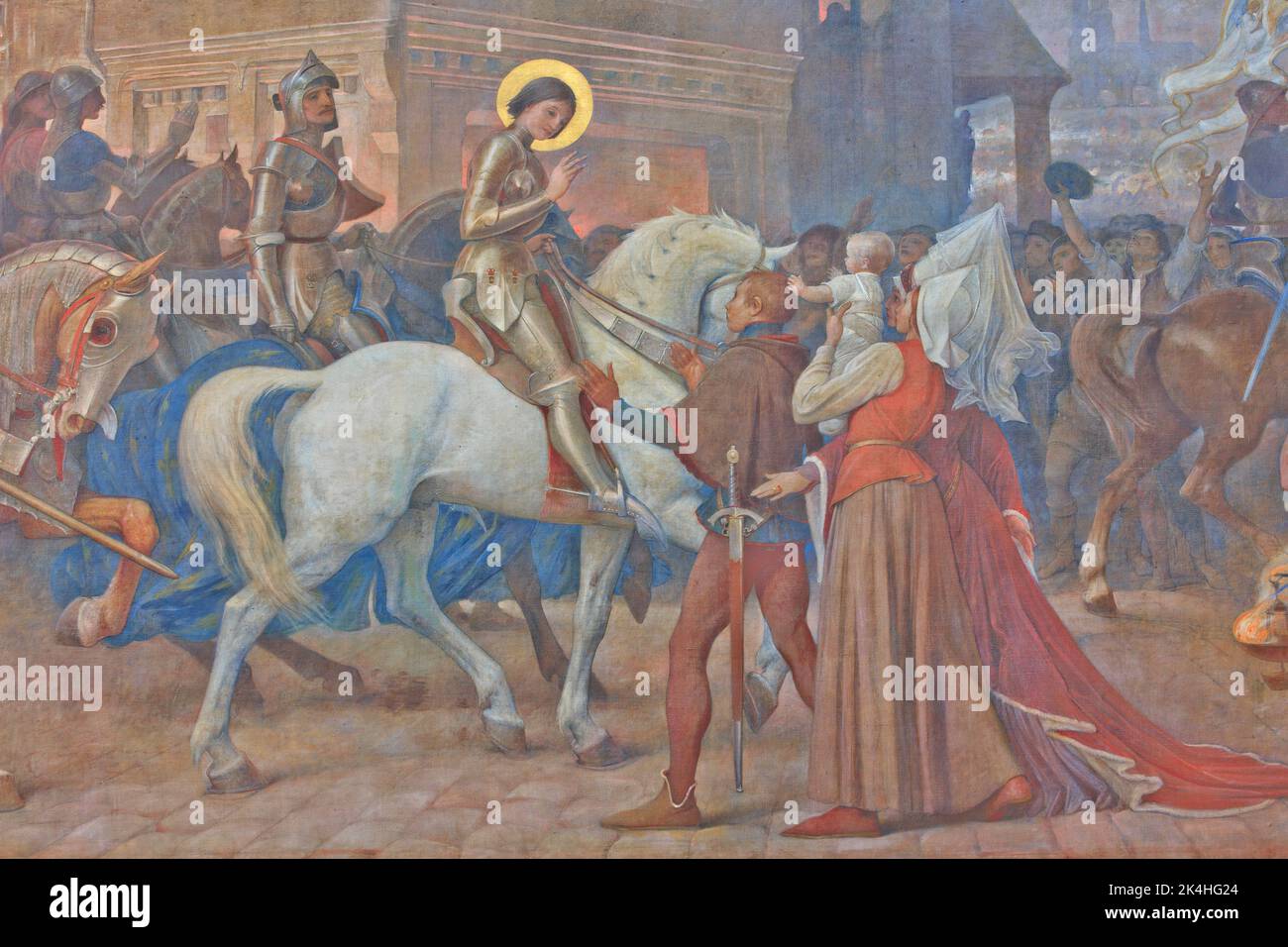


Some unofficial phone apps appear to be using GameFAQs as a back-end, but they do not behave like a real web browser does.Using GameFAQs regularly with these browsers can cause temporary and even permanent IP blocks due to these additional requests.

#Der wixxer torrent series
No other franchise is as fondly remembered and paid tribute to in German popular culture as frequently no other series of films ran for so long and remained profitable for more than a decade. 1 There have been numerous critical studies of the Wallace films, often as part of a sociology of German cinema, with a distinct emphasis on the films’ ideological subtexts (see Bergfelder Gerhards). The films are viewed as emblematic of the transitional period of the 1960s and characterised as indicative of an overarching paradigm shift in the national mentality throughout this decade (see Bliersbach Grob Schneider). There have been far fewer efforts to explore the Wallace films as adaptations 2 and to unpack their transcultural baggage, even though it is clear from watching almost any film in the series that there is far too much eclectic internationalism and spatio-temporal flexibility here to simply classify the Wallace films as ‘Germanised’ versions of English source material, or as mere attempts to transplant 1920s crime stories into the post-war context. It is my aim not just to highlight how the Edgar Wallace films work as adaptations, but also to argue for the transcultural quality of the series, which goes far beyond the frequently ridiculed ways in which it mines contemporary Anglophilia to subliminally work through national neuroses. By the same token, I want to argue that the tendencies towards internationalisation that some commentators have aligned exclusively to the series’ later years, when the Wallace films were absorbed into the Italian giallo craze of the 1970s, can be detected several years before that. Both of these aspects make it necessary to include the formal level in my analysis.

Paradoxically, the series’ trademark aesthetics – its black-and-white cinematography, low-key lighting and its stylised depiction of Gothic mansions and a gang-infested, foggy London – are what have ensured its longevity, but critical takes on the material have all too often marginalised these aspects.


 0 kommentar(er)
0 kommentar(er)
